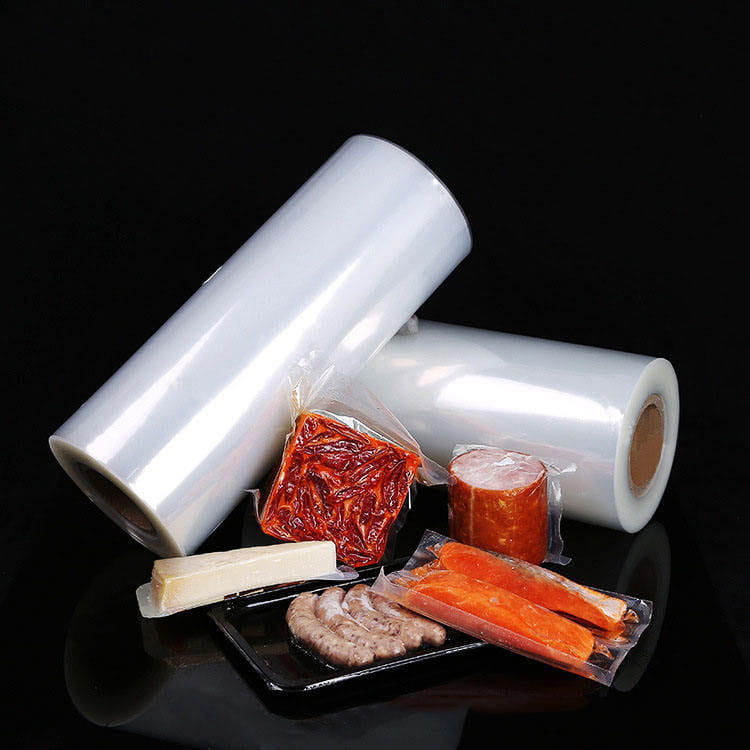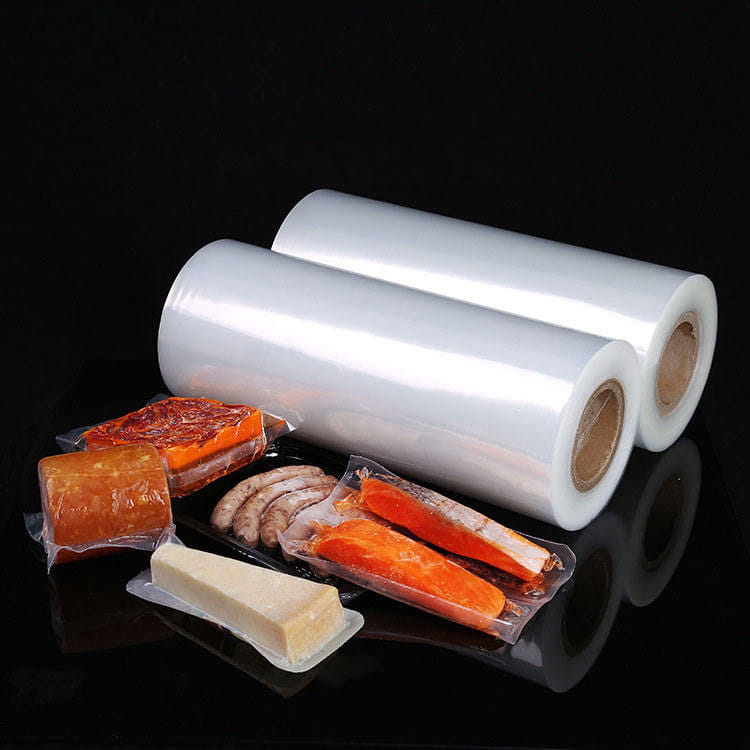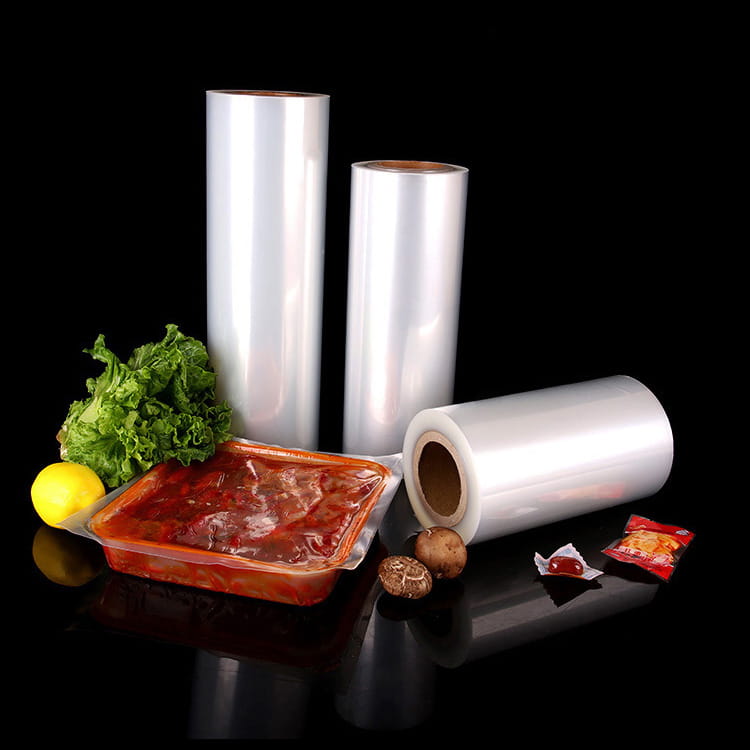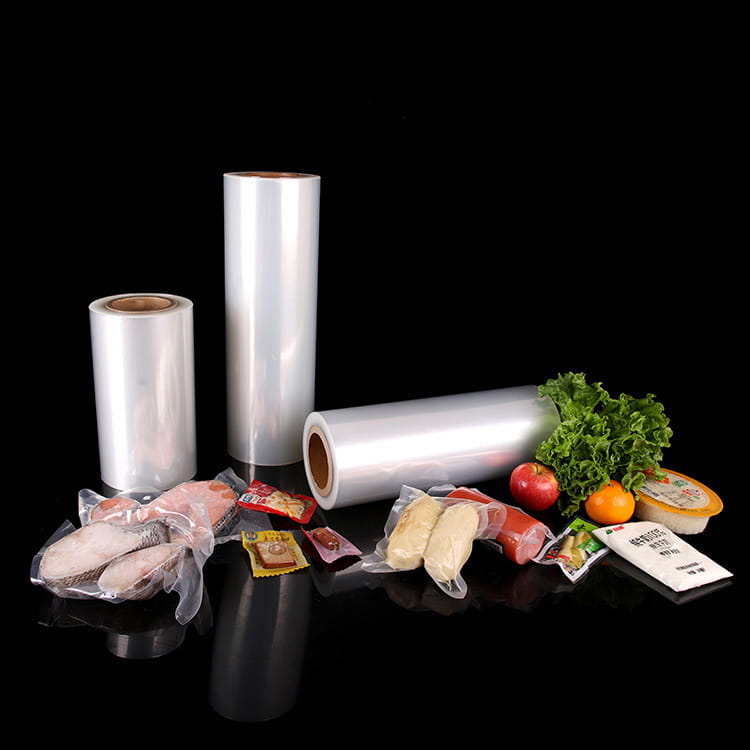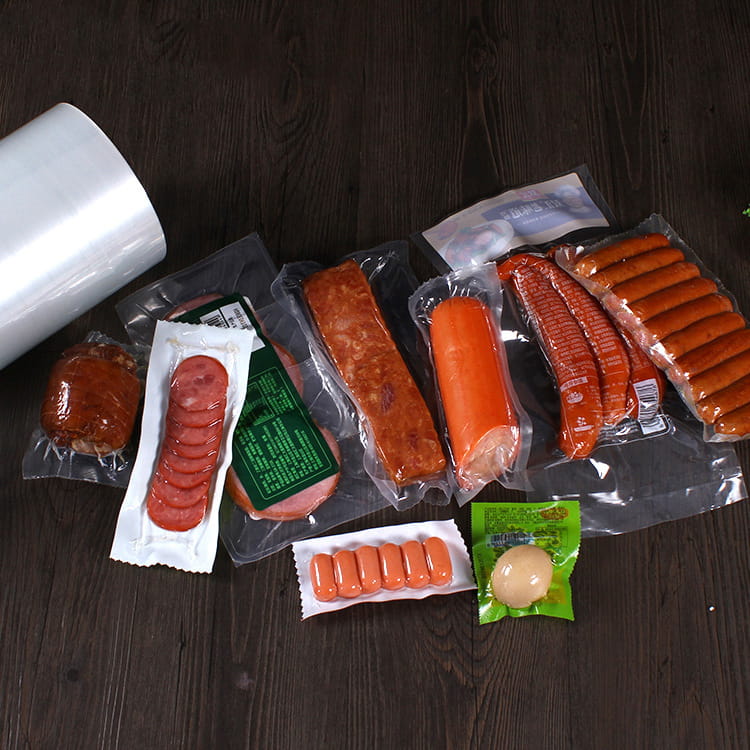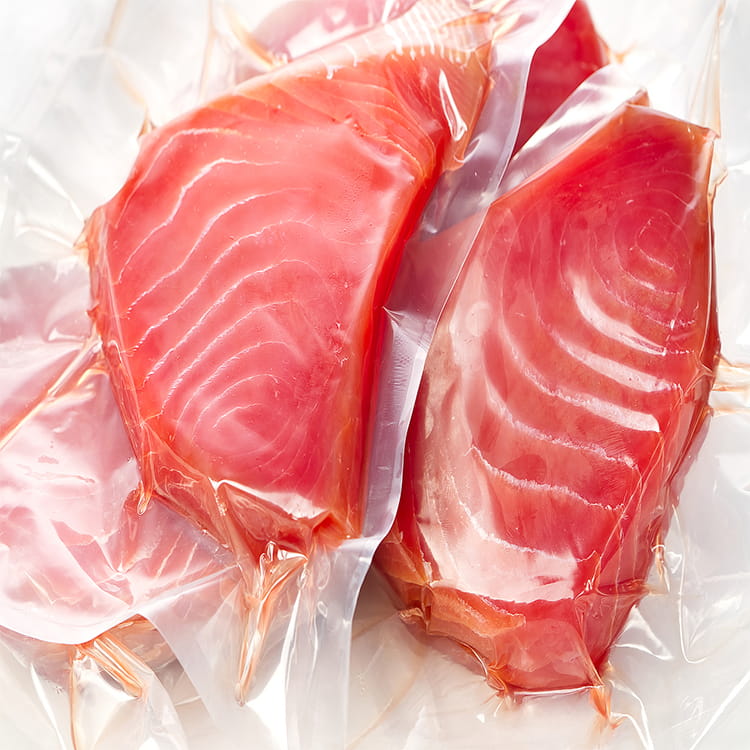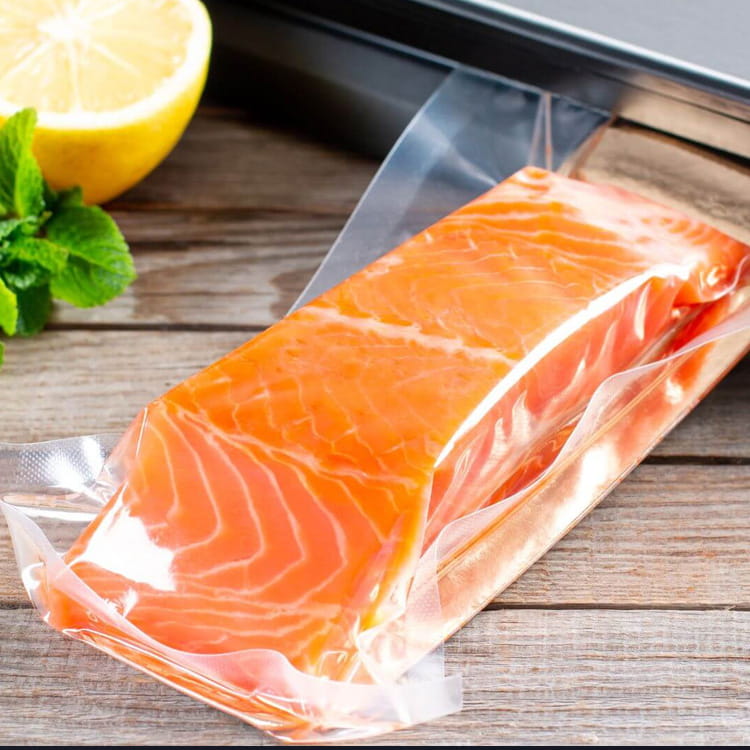Packaging plays a crucial role in product protection, storage, and transportation across various industries. Among the many packaging solutions available, the 3-side sealing bag stands out for its simplicity, efficiency, and versatility. These bags, sealed on three sides with an open top, are widely used in industries ranging from food and pharmaceuticals to electronics and hardware. But what makes them so practical, and how do they compare to other packaging options?
Understanding 3-Side Sealing Bags: Structure and Materials
A 3-side sealing bag is a type of flexible packaging that is heat-sealed along three edges—left, right, and bottom—while the top remains open for easy filling. This design makes them ideal for manual or automated packaging processes where quick loading and secure sealing are required. The simplicity of their construction allows for efficient production, reducing material waste and lowering costs compared to more complex packaging formats.
The materials used in manufacturing 3-side sealing bags vary depending on their intended application. Common options include:
- Polyethylene (PE): A cost-effective and flexible material suitable for lightweight products. It offers good moisture resistance, making it useful for food packaging and industrial components.
- Polypropylene (PP): Known for its durability and higher temperature resistance, PP is often used for products requiring additional strength or clarity.
- Aluminum foil laminates: These provide superior barrier properties against moisture, oxygen, and light, making them ideal for perishable goods or sensitive electronic components.
- Anti-static or conductive films: Used in electronics packaging to prevent static discharge that could damage delicate components.
The choice of material directly impacts the bag’s performance, ensuring protection against environmental factors such as dust, humidity, and physical damage.
Primary Applications of 3-Side Sealing Bags
Due to their versatility, 3-side sealing bags are employed across multiple industries, each with unique packaging requirements.
In the food industry, these bags are commonly used for dry goods such as snacks, spices, and confectionery. The secure three-side seal helps maintain freshness while allowing for easy filling and resealing if necessary. For perishable items, manufacturers often opt for laminated films with barrier properties to extend shelf life.
The pharmaceutical and medical sectors also benefit from 3-side sealing bags, particularly for packaging sterile components, surgical tools, or diagnostic kits. The bags can be produced in cleanroom environments and sterilized post-sealing, ensuring product safety.
Industrial applications include packaging electronic components, hardware, and automotive parts. The bags protect against dust, moisture, and electrostatic discharge, which is critical for sensitive electronics. Some variants come with tear-notches or zip-lock features for added convenience.
Retailers use 3-side sealing bags for cosmetics, small consumer goods, and promotional items. The ability to customize them with printed logos, product information, or transparent windows enhances brand visibility while maintaining functionality.
Advantages Over Other Packaging Solutions
When compared to alternatives like shrink wrap, vacuum-sealed bags, or rigid containers, 3-side sealing bags offer several distinct benefits.
One of the primary advantages is ease of use. Unlike shrink wrap, which requires heat application, or vacuum sealing, which needs specialized equipment, 3-side sealing bags can be filled and sealed quickly with minimal machinery. This makes them suitable for both small-scale operations and high-volume production lines.
Another key benefit is cost efficiency. Since these bags require fewer processing steps and less material than multi-layered packaging, they reduce overall production expenses. Additionally, their lightweight nature lowers shipping costs compared to bulkier alternatives like boxes or clamshells.
Durability and protection are also noteworthy. The triple-sealed edges provide a secure enclosure, minimizing the risk of accidental openings during handling or transit. Depending on the material, they can also offer resistance to punctures, moisture, and UV exposure, ensuring product integrity throughout the supply chain.
Finally, 3-side sealing bags are highly adaptable. They can be manufactured in various sizes, thicknesses, and transparency levels to meet specific industry needs. Whether for heavy-duty industrial parts or delicate medical supplies, there is a suitable variant available.
Choosing the Right 3-Side Sealing Bag for Your Needs
Selecting the appropriate 3-side sealing bag involves evaluating several factors to ensure optimal performance.
Material compatibility is the first consideration. For food products, FDA-approved films are necessary, while electronics may require anti-static coatings. Understanding the environmental conditions the bag will face—such as humidity, temperature fluctuations, or exposure to chemicals—helps in selecting the right laminate or film structure.
Size and thickness also play a crucial role. A bag that is too small may not accommodate the product properly, while excessive material thickness can increase costs unnecessarily. Manufacturers often provide customizable dimensions to fit unique product shapes and weights.
For businesses requiring branding or product information, printing options should be explored. High-quality graphics can be applied to one or both sides, with options for matte, glossy, or metallic finishes. Transparent bags are useful for products where visibility is important, such as retail items.
Lastly, the sealing method must be considered. While most 3-side sealing bags are heat-sealed, some applications may benefit from adhesive closures or zip-lock features for resealability. Industrial users might prefer bags with tear-notches for easy opening without tools.
The 3-side sealing bag is a practical, cost-effective, and adaptable packaging solution suitable for a wide range of industries. Its simple yet efficient design ensures product protection while offering flexibility in material, size, and customization. Whether used for food storage, medical supplies, electronics, or retail products, these bags provide a reliable way to maintain product quality and streamline packaging processes.
By understanding the key benefits and selection criteria, businesses can make informed decisions when integrating 3-side sealing bags into their packaging strategies. Their balance of functionality, affordability, and durability makes them a preferred choice in many sectors, proving that sometimes the simplest solutions are the most effective.


 English
English عربى
عربى



